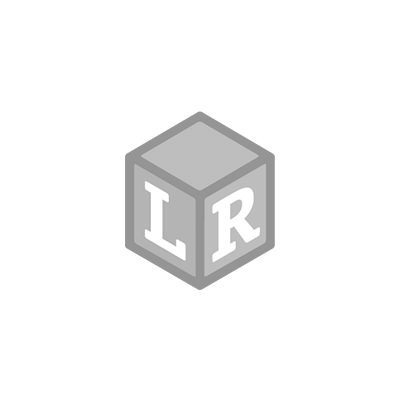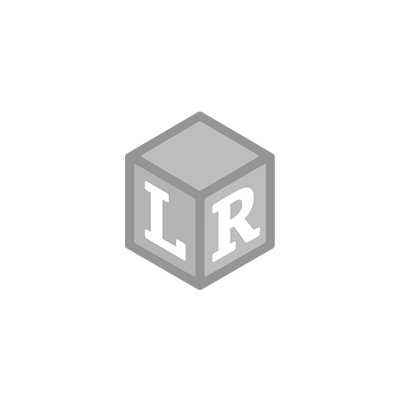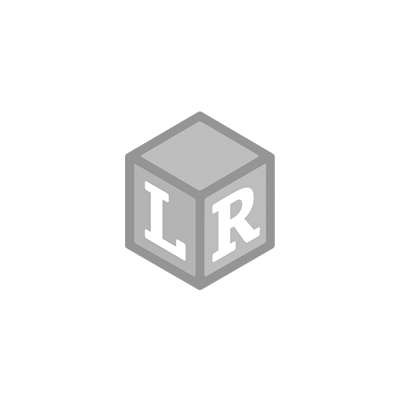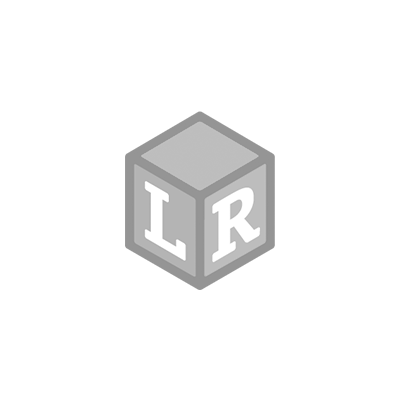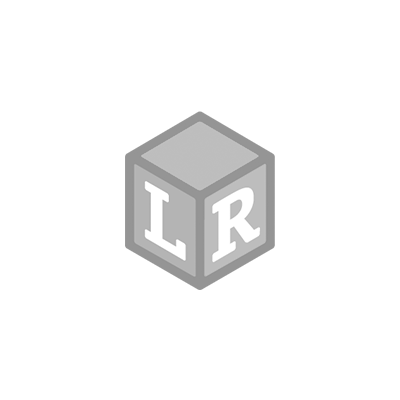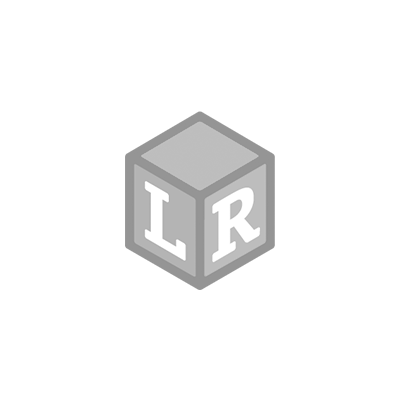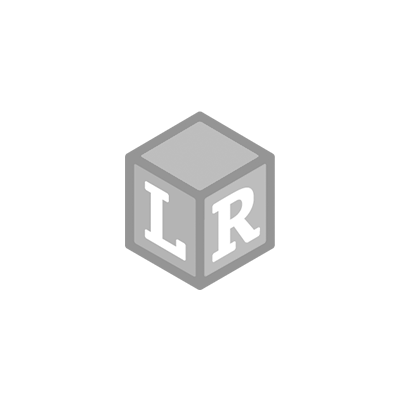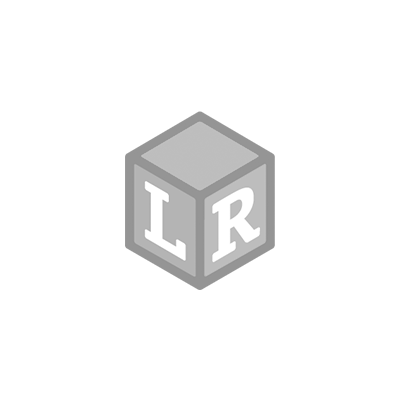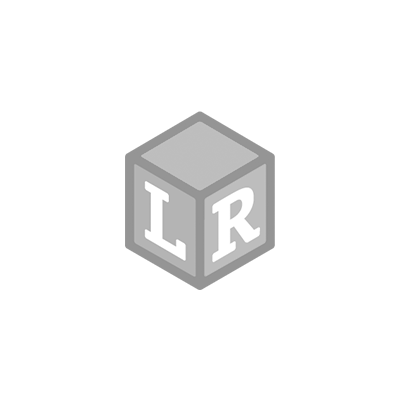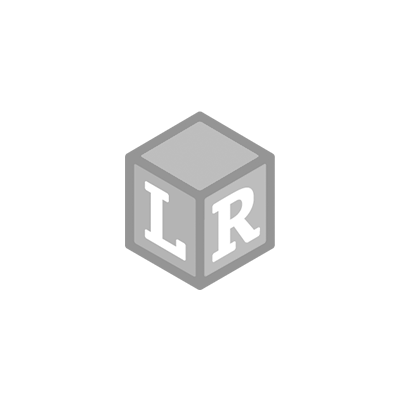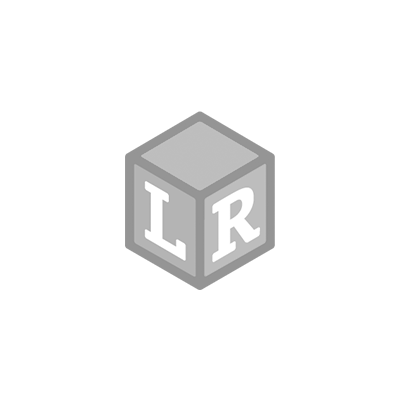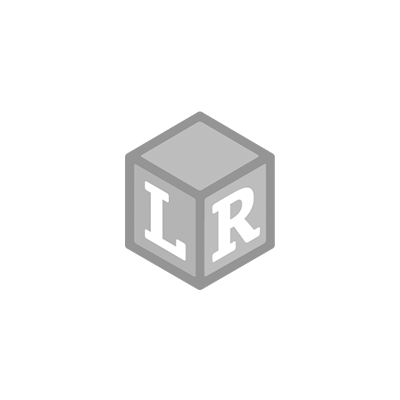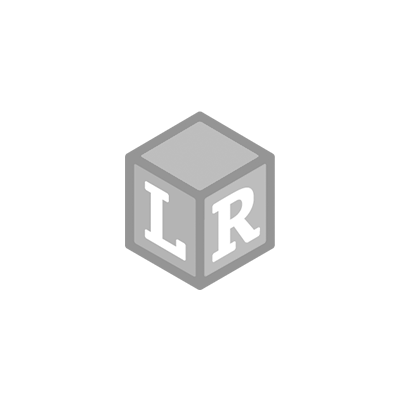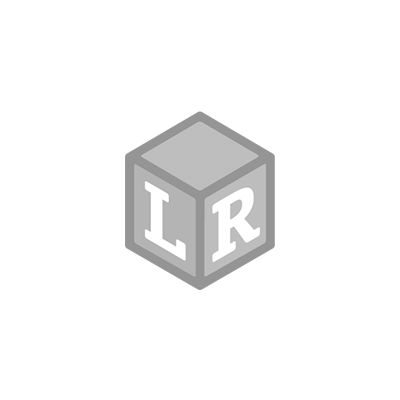Skill Builders! Hands-on Learning for Kindergarteners
Watching my son go through Kindergarten several years ago, I learned about teaching fundamental reading, writing, and math concepts. I remember being surprised at the sheer amount of repetition, but on reflection, that makes sense as a means of helping children to build lasting and robust learning foundations. As learning topics are taught for long periods at the Kindergarten age, it can be helpful for parents and teachers to have a variety of resources to support reading, writing, and Math learning. We were able to have a closer look at the Learning Resources® Kindergarten Skill Builders! Reading, Writing, and Math Sets.
Building Readers
The Skill Builders! Kindergarten Reading Set encourages children to learn through quick and fun hands-on activities. The accompanying activity guide explains a range of ideas, but the materials included can be used in any way you wish. The set includes lowercase letter tiles, letter dice and word ending dice, letter frame, sight word flip cards, sight word picture, sentence cards, and a selection of paper worksheets.
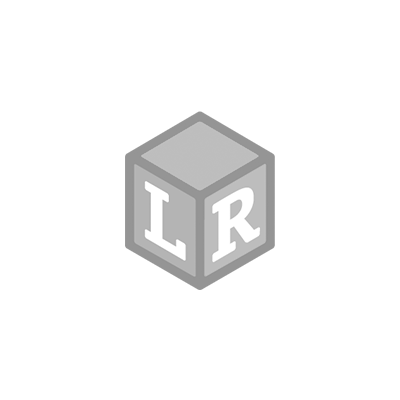
The letter frame was the focal point of all three activities we did with this set. My son chose which combination of materials to use, and for the first activity, he wanted to use the sight word sentence and picture cards, the letter tiles, and the letter frame. He liked the idea of choosing a sight word card, reading the word, and then recreating it on the letter frame. As he added each letter, he told me the name and the sound it made, followed by how to blend the sounds. He liked getting to build the letter with the tiles physically, which was good for his fine motor skills. After making the sight word, he flipped over the card and read out the sentence.
My son's second activity was to use the sight word flip cards. He thought it was pretty neat that he could flip through so many words; we even used them for a fun 60-second flip and shout-out sight word challenge which he thought was fun. We then used them along with the letter tiles and letter frame to build the words as he flipped through the cards. I added an extra challenge for him by telling him a complete sentence with the sight word in it.
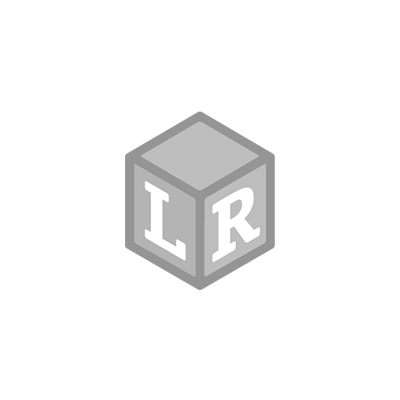
The final way we enjoyed this set was to use the foam letter and word ending dice to create words. My son would roll the two dice and then say the word before building it on the letter frame with the letter tiles. He liked the spontaneity of this activity.
Building Writers
The Skill Builders! Kindergarten Writing Set lends itself well to actually 'building' letters, which was incredibly engaging for my son. The set includes mini letter construction pieces and corresponding cards, a write-and-wipe board, a writing prompt spinner, a Learn to Write! dry erase book and a set of Learning Resources Tri-Grip Tongs. The tongs may not seem like the most obvious item to include, but this fine motor tool is specifically designed to help small hand muscles to strengthen ready for writing. Both my kids love using them in sensory bins and for sorting activities. A detailed activity guide is also included.
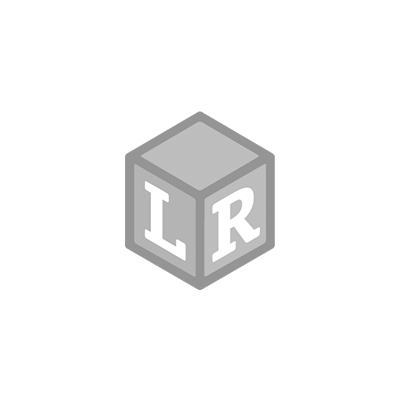
My son couldn't wait to use the small construction pieces to build letters from the cards. It is really helpful how each card shows the pieces needed and how to build the upper and lowercase letters. The pieces snap together easily and are good quality.
As he built the letters, I asked him to tell me the letter's name and what sound it makes. My daughter, who is in preschool, also enjoyed using these pieces. She liked using the write-and-wipe board, so I extended the activity by letting her also write the upper and lowercase letters that she had built on the board.
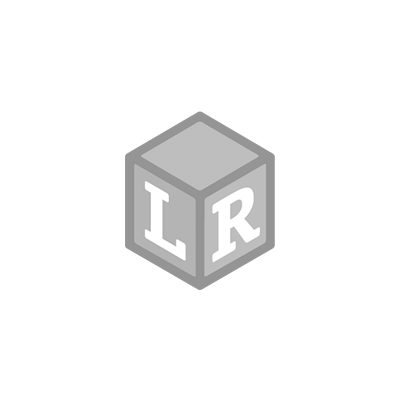
My preschooler then discovered that there was an entire dry-erase workbook. She loved going through the pages and forming the letters with a dry-erase pen. She would carefully trace each letter and then did a great job writing them by herself. I was impressed with how many different aspects of writing the book covered. She enjoyed tracing and drawing shapes, as well as numbers. Great for building fine motor skills, numeracy, literacy knowledge, and vocabulary development.
Building Mathematicians
The Skill Builders! Kindergarten Math Set comes with a solid selection of manipulatives and learning materials. The set includes two colors of MathLink® Cubes, two-sided counters, ten frames, a cardboard 100 board, paper worksheets, two foam dice, a spinner, and a selection of challenge cards using the materials included in the set.
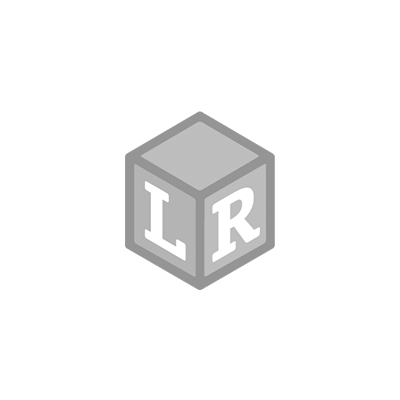
We decided to use the 100 board for a fun board game. We took turns to roll the two foam dice, adding up the numbers and moving our counter that many spaces forward. It was a race to get to the end of the board, and both my kids loved the simplicity and excitement of this game. It was good for addition and counting skills and helping younger children navigate the tricky concepts of taking turns and winning/losing.
When my son was in Kindergarten and First Grade, ten frames were a big part of his learning. He enjoyed using the two-sided counters and challenge cards to complete addition problems on the ten frames provided. A good way to extend this activity would be to provide a pencil and paper so that your Kindergartener can write out the sum and answer, which will help with number formation.
Our final activity was to use the link cubes. As I mentioned, both my kids love to build, so they were excited to explore numeracy concepts using the MathLink Cubes. They enjoyed using the challenge cards to build and complete patterns and then making up their patterns for each other to complete. The cubes are perfect for helping to develop those all-important fine motor skills.
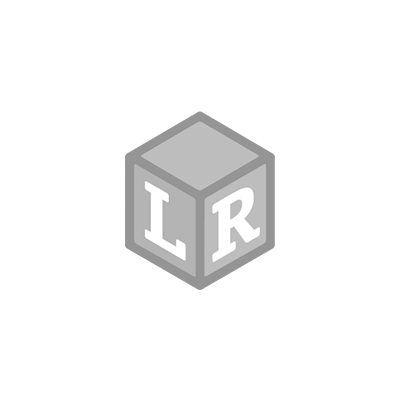
I'm looking forward to continuing to explore these sets with both my children. I like how varied the materials and activities are, as well as the fact that you can easily adjust the activity ideas to suit your child's needs.
Writer's Bio
Lucy Baker is a Mom of two (4 & 8 years old) passionate about creative play and hands-on learning. She firmly believes in providing children with the opportunity to learn through play and being part of their play journey as a parent. See more of her creative play ideas and process art projects on Instagram @findthelittlemind, and over on her blog, Find the Little Mind.
 Shop UK Site
Shop UK Site 
